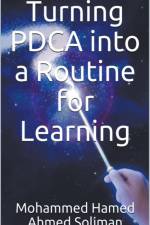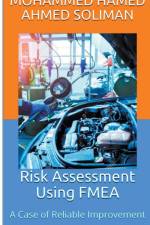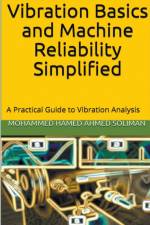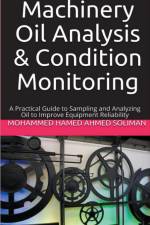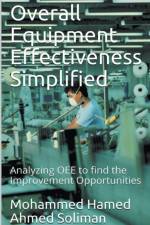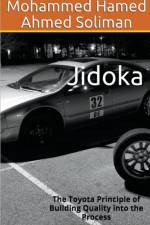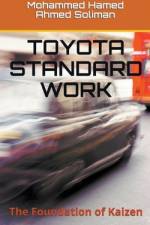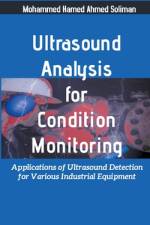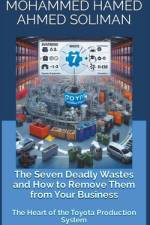av Mohammed Hamed Ahmed Soliman
287
The word "5S" stands for five related concepts with a S sound that describe workplace procedures that promote visual control and lean manufacturing. These are the five words in Japanese:Seiri: Sort tools, components, and documents into needed and unnecessary categories, then throw away the unnecessary.Seiton: Organize what is left in a tidy manner, making sure that everything has a home.Seiso: Wash and clean.Seiketsu: Regular use of the first three Ss results in cleanliness.Shitsuke: Practice the first four Ss with discipline.The English translation of the Five Ss is frequently Sort, Straighten, Shine, Standardize, and Sustain. A sixth S is sometimes added by lean practitioners. Establish and follow safety protocols in the office and workplace. However, Toyota has only ever used the Four Ss:Shitsuke (sustain), the final S, is eliminated since Toyota's system of daily, weekly, and monthly audits to verify standardised work renders it unnecessary. The important thing to keep in mind is that the effort is methodical and organic to lean manufacturing, not a "bolt-on" stand-alone programme, whether four, five, or six Ss are used, the most important thing to keep in mind is that this effort is not a "bolt-on" stand-alone programme, but rather is methodical and organic to lean production.5S is not just about a clean and shiny workplace. Its a strategy for removing wastes and improving productivity. This is how Toyota utilize the tool to improve workplace productivity. This book provide a comprehensive guide about the tool. How to plan, execute and sustain. This book is a practical guide with many examples, photos and presentations.

